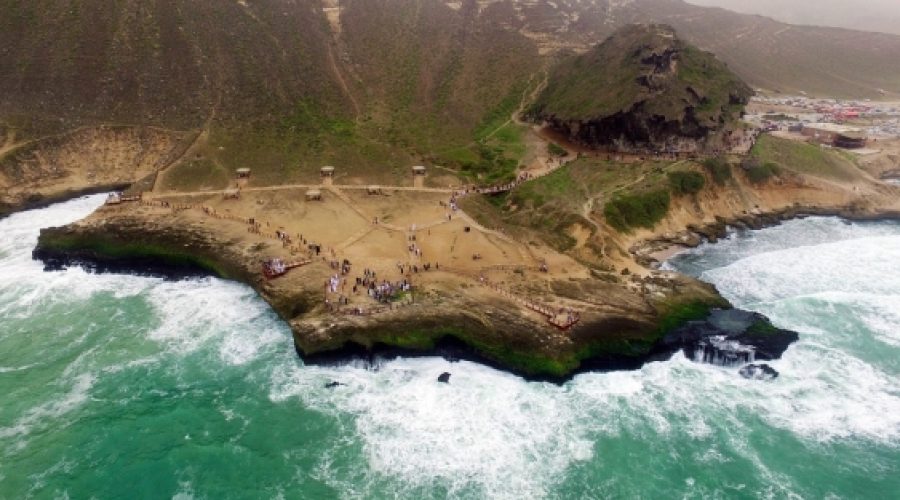Changing Sea Conditions During Khareef: Key Insights for Coastal Business Operations in Oman
Muscat: As the Khareef season intensifies in Dhofar Governorate, the Royal Oman Police (ROP) has issued a warning regarding turbulent sea conditions and rising wave levels along the southern coast.
This alert, part of the ROP’s ongoing safety campaign, emphasizes the heightened risks associated with unpredictable marine conditions during this time. Citizens and residents, particularly fishermen and seafarers, are advised to refrain from going to sea unless absolutely necessary.
The ROP stresses the importance of regularly monitoring weather updates and following maritime safety guidelines from relevant authorities. This warning comes in response to observed significant wave activity that could pose serious threats to small boats and fishing vessels near the shore.
During this season, the Arabian Sea can become particularly hazardous, with wave heights occasionally exceeding 3 meters, especially off the coasts of Salalah, Mirbat, and Taqah. These conditions are aggravated by strong offshore winds, reduced visibility, and dangerous undercurrents, posing risks not only to fishing boats but also to swimmers and beachgoers.
Historically, several maritime accidents have been recorded during the Khareef season, often due to neglecting weather warnings or having inadequate safety equipment on boats. A tragic incident three years ago at Mughsail Beach in Salalah, where an Indian family was swept away by powerful currents, serves as a somber reminder of these dangers.
With the peak of the current Khareef season approaching in the coming weeks, the ROP urges the public to remain vigilant and take official warnings seriously.
Special Analysis by Omanet | Navigate Oman’s Market
The warnings from the Royal Oman Police regarding the hazardous maritime conditions during the Khareef season underscore significant risks for local businesses, particularly those in the fishing and tourism sectors. Smart investors and entrepreneurs should prioritize safety compliance and consider alternative revenue streams that can thrive in adverse weather, such as developing coastal tourism experiences that emphasize safety and local culture. By adapting to these challenges, businesses can safeguard their operations and potentially capitalize on increased demand for safe, indoor recreational activities.



